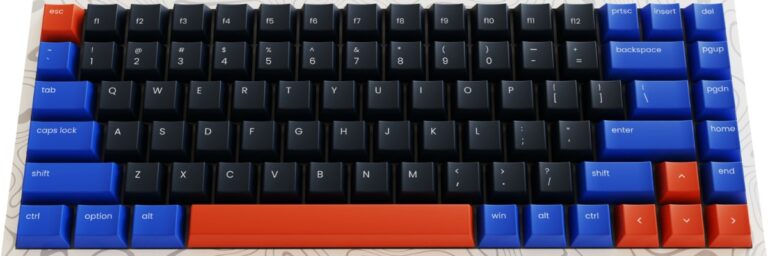In today’s digital age, many people spend long hours in front of their computers, whether for work or personal use. This has led to an increase in the popularity of standing desks, which are designed to promote better posture and reduce the risk of health problems associated with sitting for extended periods. For those who need to work with multiple monitors, a dual monitor standing desk can be an excellent option. In this article, we’ll explore the benefits and challenges of using a dual monitor standing desk, and provide some tips for selecting and using one.
What is a Dual Monitor Standing Desk?
A dual monitor standing desk is a desk that is designed to hold two monitors while allowing the user to stand while working. Unlike a traditional sitting desk, which typically only has room for one monitor, a dual monitor standing desk provides more space for multitasking and productivity.
Benefits of a Dual Monitor Standing Desk
One of the primary benefits of a dual monitor standing desk is increased productivity. With two monitors, you can work on multiple tasks simultaneously, such as editing a document while keeping an eye on your email inbox. This can help you to get more work done in less time.
Using a dual monitor standing desk can also help to improve your posture and reduce the risk of back pain. When you stand, you engage your core muscles, which can help to strengthen your back and reduce strain on your spine. Additionally, having two monitors can help to reduce the need to twist and turn your neck to view different screens, which can also reduce strain on your neck and shoulders.
Another benefit of using a dual monitor standing desk is that it can help to increase your energy levels and reduce the risk of fatigue and burnout. Standing has been shown to increase blood flow and oxygen to the brain, which can improve focus and concentration. Additionally, standing can help to reduce the risk of fatigue and burnout, which can lead to increased productivity over the long term.
Challenges of a Dual Monitor Standing Desk
One of the biggest challenges of using a dual monitor standing desk is that it can be difficult to find a desk that is the right size for your needs. Dual monitor standing desks can be quite large, which can be a problem if you have limited space. Additionally, because they are designed to hold two monitors, they can be quite heavy, which can make them difficult to move around.
Another challenge of using a dual monitor standing desk is that it can be difficult to adjust the monitors to the right height. Because everyone’s body is different, it can be challenging to find the right height for the monitors. Additionally, if the monitors are not positioned correctly, it can cause eye strain and neck pain.
Tips for Selecting and Using a Dual Monitor Standing Desk
If you’re considering a dual monitor standing desk, here are some tips to help you select and use one:
Look for a stable design
When selecting a dual monitor standing desk, look for a stable design that won’t wobble or shake when you’re using it. Look for models with a sturdy base and adjustable feet to ensure that it is level on any surface.
Ensure proper ergonomics
When using a dual monitor standing desk, it’s important to ensure proper ergonomics. This means positioning your screens at eye level and keeping your keyboard and mouse at a comfortable height. Consider using a monitor arm to adjust the height of your screens, and a separate keyboard and mouse to avoid straining your arms and shoulders.
Take breaks
Standing for long periods can be tiring on your feet and legs. Be sure to take breaks throughout the day to sit down and rest. Consider using a timer to remind you to switch between sitting and standing every 30 minutes to an hour.
Choose the right size
When selecting a dual monitor standing desk, be sure to choose the right size for your needs and available space. Measure your workspace to ensure that the desk will fit comfortably without taking up too much room. Additionally, consider the weight capacity of the desk to ensure that it can safely hold your monitors and any other equipment you may have.
Experiment with positioning
Finding the right positioning for your monitors can take some trial and error. Experiment with different heights and angles until you find the most comfortable and ergonomic position for your body. Consider using a monitor arm that allows for more flexibility in positioning.
Consider a standing mat
Standing on a hard floor for long periods can be uncomfortable and cause foot and leg pain. Consider using a standing mat or cushioned floor mat to provide some additional support and relieve pressure on your feet and legs.
Using a dual monitor standing desk can offer a range of benefits for those who spend long hours in front of their computers. However, it’s important to carefully consider the size and ergonomics of the desk, as well as taking breaks and experimenting with positioning, to ensure that it is comfortable and effective for your needs. With the right setup and usage, a dual monitor standing desk can help you to be more productive, reduce the risk of health problems, and improve your overall well-being.







